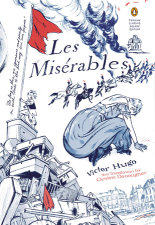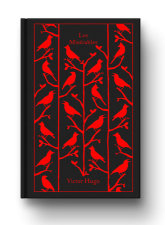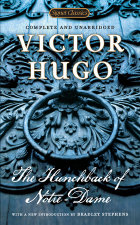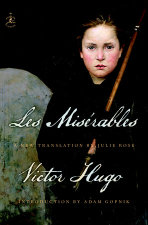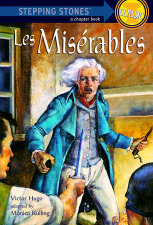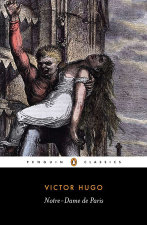The Hunchback of Notre-Dame
Introduction by Jean-Marc Hovasse
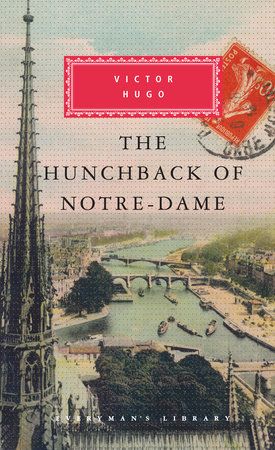
Hugo's grand medieval melodrama tells the story of the beautiful Esmeralda, a gypsy girl loved by three men: Archdeacon Frollo, his adoptive son Quasimodo, bell-ringer of Notre-Dame cathedral, and Captain Phoebus. Falsely accused of trying to murder Phoebus, who attempts to rape her, Esmeralda is sentenced to death and rescued from the gallows by Quasimodo who defends her to the last.
The subject of many adaptations for stage and screen, this remains perhaps one of the most romantic yet gripping stories ever told.
The Hunchback of Notre-Dame is an epic of a whole people, with a cast of characters that ranges from the king of France to the beggars who inhabit the Parisian sewers, and at their center the massive figure--a character…
Victor Hugo (1802–1885), novelist, poet, playwright, and French national icon, is best known for two of today’s most popular world classics: Les Misérables and The Hunchback of Notre-Dame, as well as other works, including The Toilers of the Sea and The Man Who Laughs. Hugo was elected to the Académie Française in 1841. As a statesman, he was named a Peer of France in 1845. He served in France’s National Assemblies in the Second Republic formed after the 1848 revolution, and in 1851 went into self-imposed exile upon the ascendance of Napoleon III, who restored France’s government to authoritarian rule. Hugo returned to France in 1870, after the proclamation of the Third Republic.

